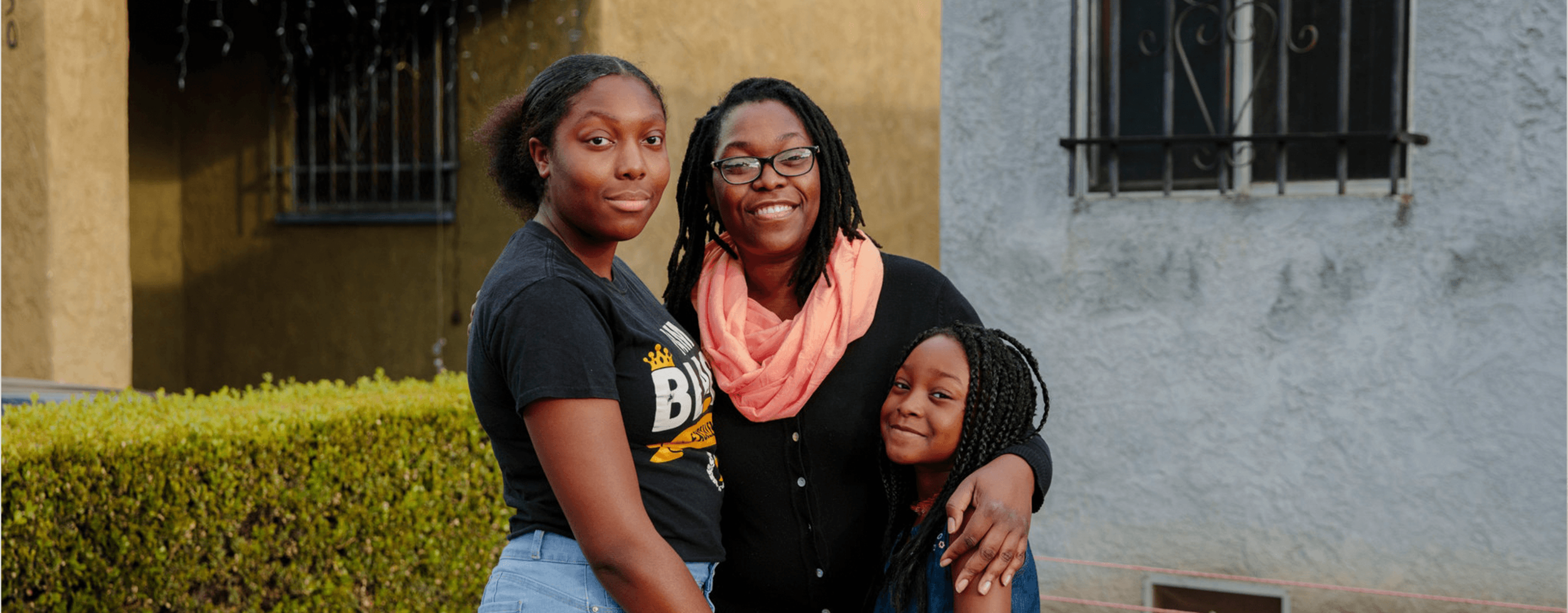Research Shows Students Falling Months Behind During Virus Disruptions
The abrupt switch to remote learning wiped out academic gains for many students in America, and widened racial and economic gaps. Catching up in the fall won’t be easy.Danielle Gandy with her daughters Madison, 15, and Cadynce, 6. Assessing their remote education, Ms. Gandy said “it’s maybe a fraction of what they would be learning if they were in an actual school setting.” Credit: Kendrick Brinson for The New York Times
While a nation of burned-out, involuntary home schoolers slogs to the finish line of a disrupted academic year, a picture is emerging of the extent of the learning loss among children in America, and the size of the gaps schools will be asked to fill when they reopen.
It is not pretty.
New research suggests that by September, most students will have fallen behind where they would have been if they had stayed in classrooms, with some losing the equivalent of a full school year’s worth of academic gains. Racial and socioeconomic achievement gaps will most likely widen because of disparities in access to computers, home internet connections and direct instruction from teachers.
And the crisis is far from over. The harm to students could grow if schools continue to teach fully or partly online in the fall, or if they reopen with significant budget cuts because of the economic downturn. High school dropout rates could increase, researchers say, while younger children could miss out on foundational concepts in phonics and fractions that prepare them for a lifetime of learning and working.
In South Los Angeles, Danielle Gandy has spent countless difficult hours guiding her energetic 6-year-old, Cadynce, through online meetings and assignments provided by her charter school. Still, Ms. Gandy is under no illusion that Cadynce has completed the normal kindergarten curriculum, and is especially concerned about her progress in math.
“Looking at the work the teacher has done, I applaud her,” Ms. Gandy said, “but it’s maybe a fraction of what they would be learning if they were in an actual school setting. If they are transitioning into first grade, will there be time to catch up and get them up to par?”

